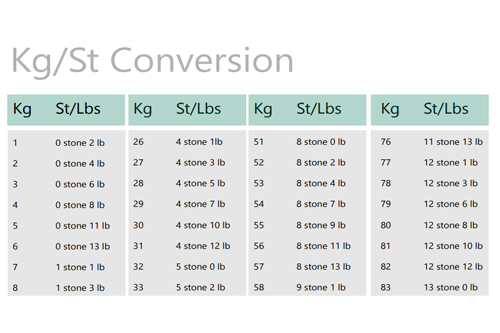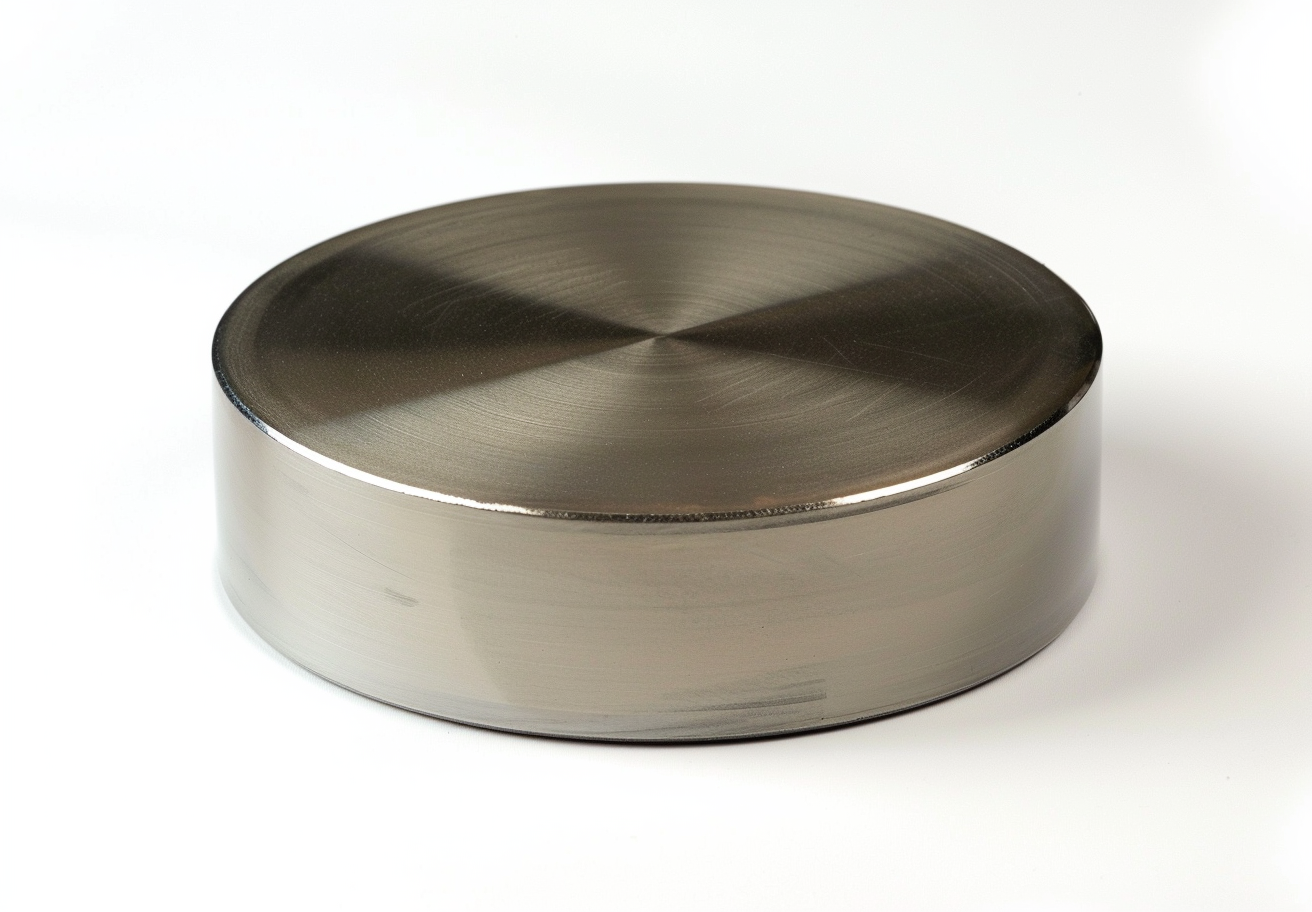Lattices: The Building Blocks Of Crystals
Understanding Lattices and Crystal Structures
If you have ever asked yourself why diamonds are so hard, metals deform in different ways, or semiconductors function the way they do, the reason is lattices — the unseen structure that holds atoms together. Essentially, a lattice is a regular, repeating arrangement of points in space, and when atoms sit on these points, you have a crystal structure.
Consider it as a city grid: the lattice is the grid, and the atoms are the buildings. The layout of the grid dictates traffic flow — or, in our case, electron flow, heat transfer, or stress distribution within a material.
The Lattice in Practice
Lattices are not purely theoretical concepts; they directly influence the properties of materials. Consider the cases of aluminium and tungsten. They are both metals, yet aluminium has an FCC lattice, while tungsten has a BCC lattice. This difference in atomic structure is what causes aluminium to be light and flexible (readily stretched or moulded), while tungsten is extremely dense and hard but brittle.
Even small variations in lattice spacing have significant implications. Silicon, for example, in semiconductor technology has a lattice constant of 5.43 Å (angstroms), and minor dopant variations within that lattice can fundamentally alter the conductivity. Engineers take this into consideration when designing transistors and microchips, where atomic precision is necessary.
Basic Concept of Crystal Structure
A crystal structure is simply the lattice and the atoms (or molecules) at the lattice points. The smallest unit that can replicate the entire structure is a unit cell. The volume and shape, known as the lattice parameters, define the entire crystal.
Examples:
• Cubic unit cells (such as in sodium chloride) have equal edges and 90° angles.
• Hexagonal cells (e.g., graphite) have two equivalent axes at 120° and another height on the third axis.
These differences are significant. They define mechanical strength, optical quality, and even chemical reactivity. Diamonds, for instance, possess a cubic lattice that enables strong covalent bonds in all directions — this accounts for diamonds being the hardest natural material. Graphite, which has a hexagonal lattice, is slippery and soft due to the layers sliding past each other effortlessly.
Lattice Models in Physics
Physicists simplify complex problems by utilising lattice models. Instead of tracking every particle, they simulate interactions at a finite set of lattice points.
Among the earliest models is the Ising model, which simulates magnetic behaviour in materials. Magnetic spins are assigned to all points on a lattice and assessed to study phase transitions, e.g., when a material exhibits ferromagnetism at a reduced temperature. Another is the tight-binding solid-state model, which models electron dynamics in a crystal lattice — the foundation for semiconductor and superconductor understanding.
Types of Crystal Lattices
Crystals are classified based on their symmetry and geometry. There are seven primary systems:
1. Cubic: Equal axes, 90° angles (NaCl, copper).
2. Tetragonal: One axis of a different length (tin).
3. Orthorhombic: Three unequal axes, all at 90° (sulfur).
4. Hexagonal: Two equal axes at 120° (graphite, zinc).
5. Trigonal (Rhombohedral): Equal axes, oblique angles (calcite).
6. Monoclinic: Unequal axes, one non-right angle (gypsum).
7. Triclinic: Unequal axes and angles (kyanite).
These systems also correspond to the 14 Bravais lattices, the complete set of potential lattice shapes in three-dimensional space.
Frequently Asked Questions
What is the difference between a lattice and a crystal?
The lattice is the geometric arrangement; the crystal is the substance where atoms reside at lattice points.
How are lattices utilised in physics?
They simplify complex interactions, enabling scientists to predict magnetism, conductivity, and phase transitions.
Can non-crystalline materials exhibit lattice structures?
Yes, some amorphous materials possess short-range order but lack long-range periodicity.
Why are lattices useful in material design?
Mechanical, electrical, and optical characteristics are determined through lattice structure, enabling engineers to produce stronger, lighter, or more conductive materials.
Conclusion
Lattices are the underlying structure of the material world. From the hardness of diamonds to the conductivity of silicon, everything is understood in terms of lattice structure. It is this knowledge that scientists and engineers apply to create new materials for electronics, pharmaceuticals, and metallurgy, thus making the study of lattices fundamental and applicable.
For more information and high-end crystal materials, go to Stanford Advanced Materials (SAM).

 Bars
Bars
 Beads & Spheres
Beads & Spheres
 Bolts & Nuts
Bolts & Nuts
 Crucibles
Crucibles
 Discs
Discs
 Fibers & Fabrics
Fibers & Fabrics
 Films
Films
 Flake
Flake
 Foams
Foams
 Foil
Foil
 Granules
Granules
 Honeycombs
Honeycombs
 Ink
Ink
 Laminate
Laminate
 Lumps
Lumps
 Meshes
Meshes
 Metallised Film
Metallised Film
 Plate
Plate
 Powders
Powders
 Rod
Rod
 Sheets
Sheets
 Single Crystals
Single Crystals
 Sputtering Target
Sputtering Target
 Tubes
Tubes
 Washer
Washer
 Wires
Wires
 Converters & Calculators
Converters & Calculators
 Write for Us
Write for Us
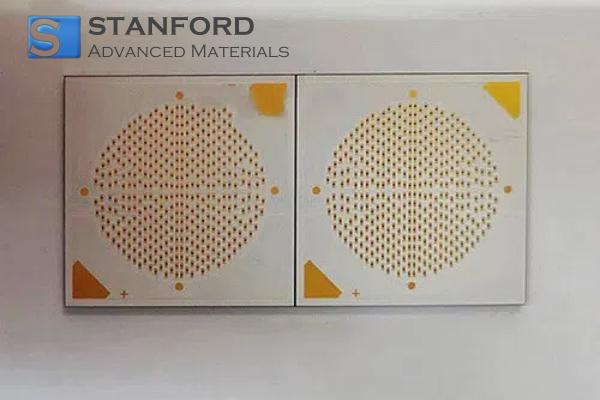

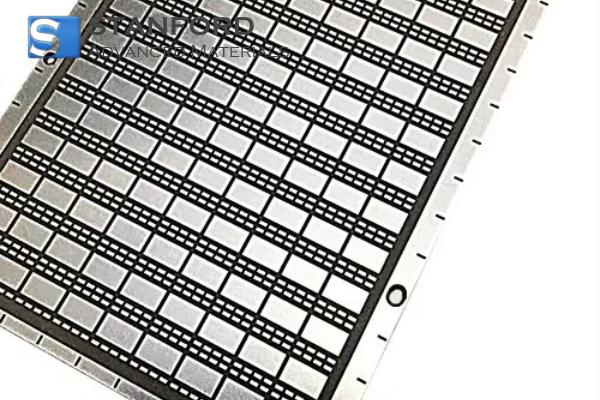

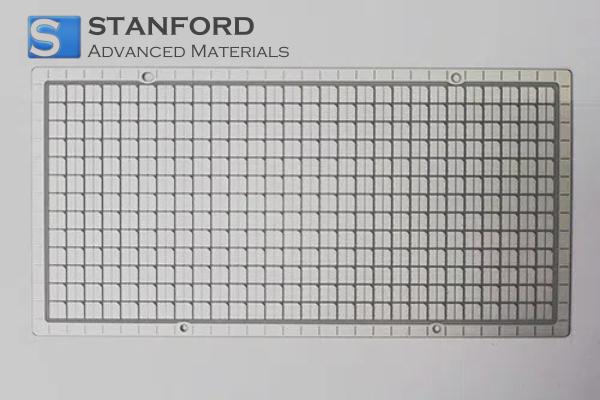
 Chin Trento
Chin Trento

